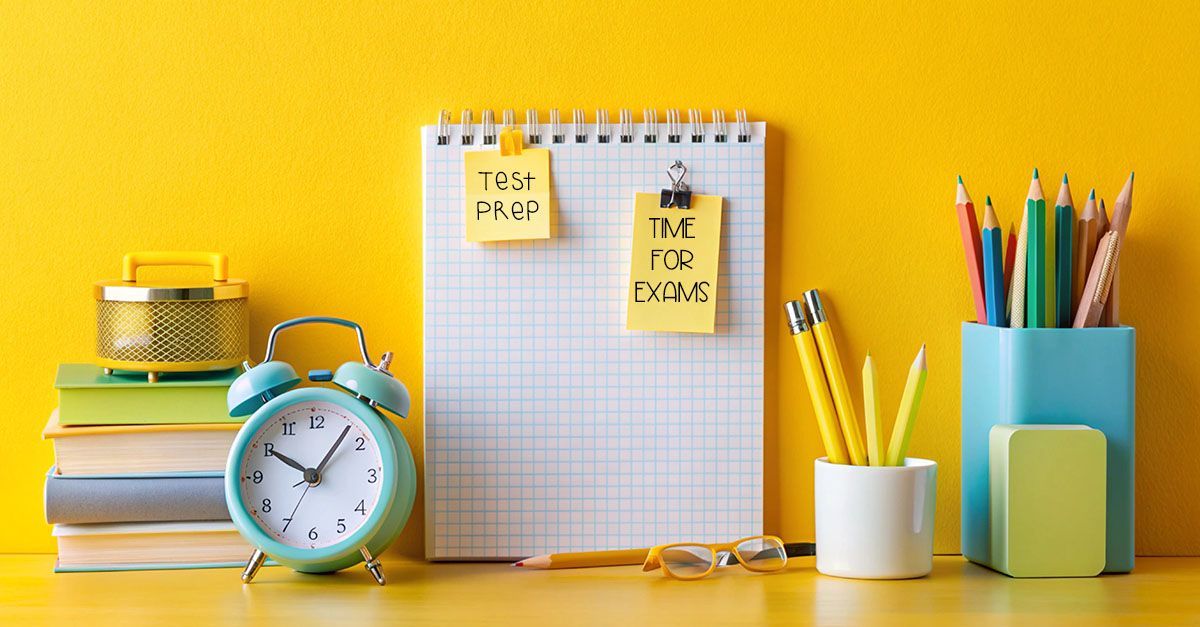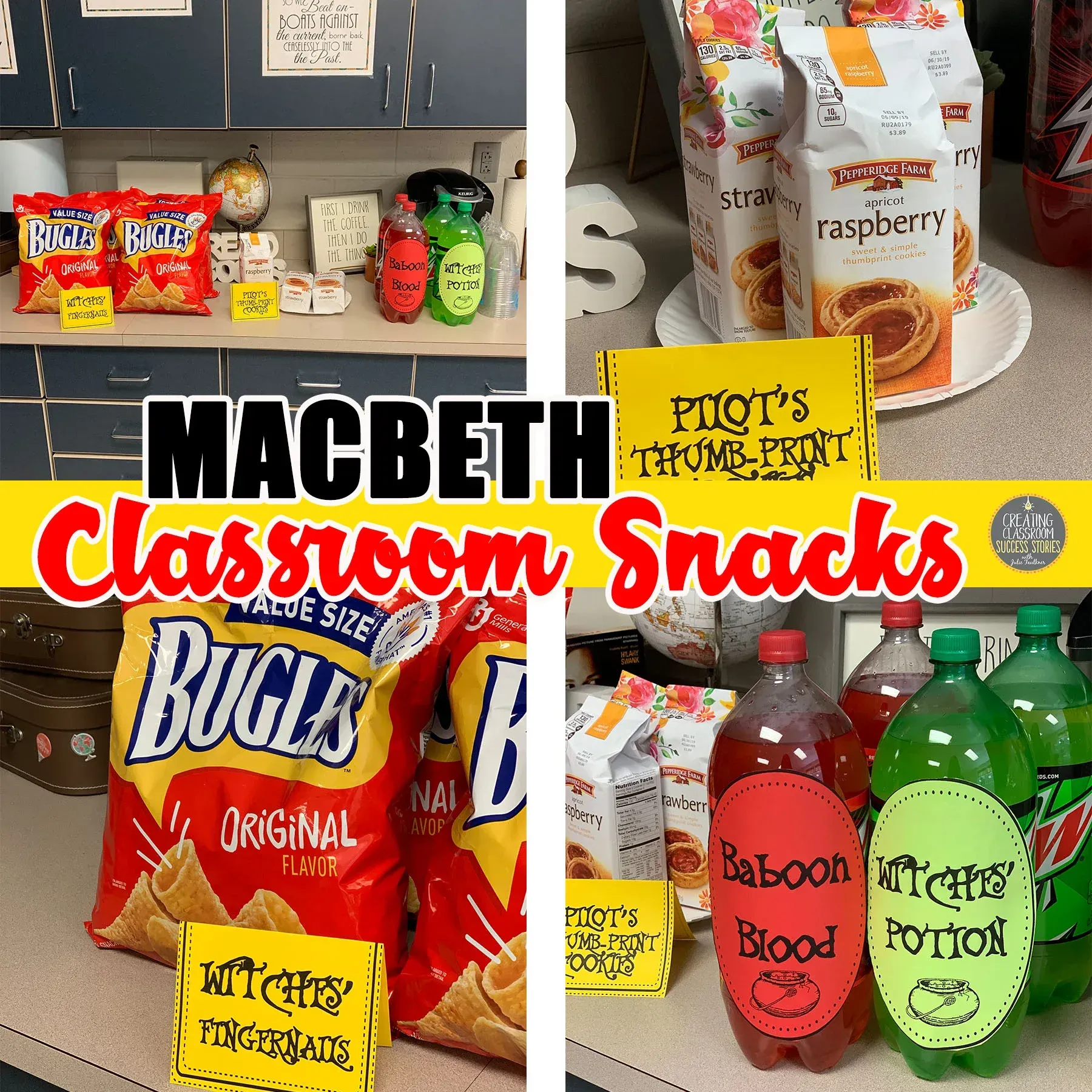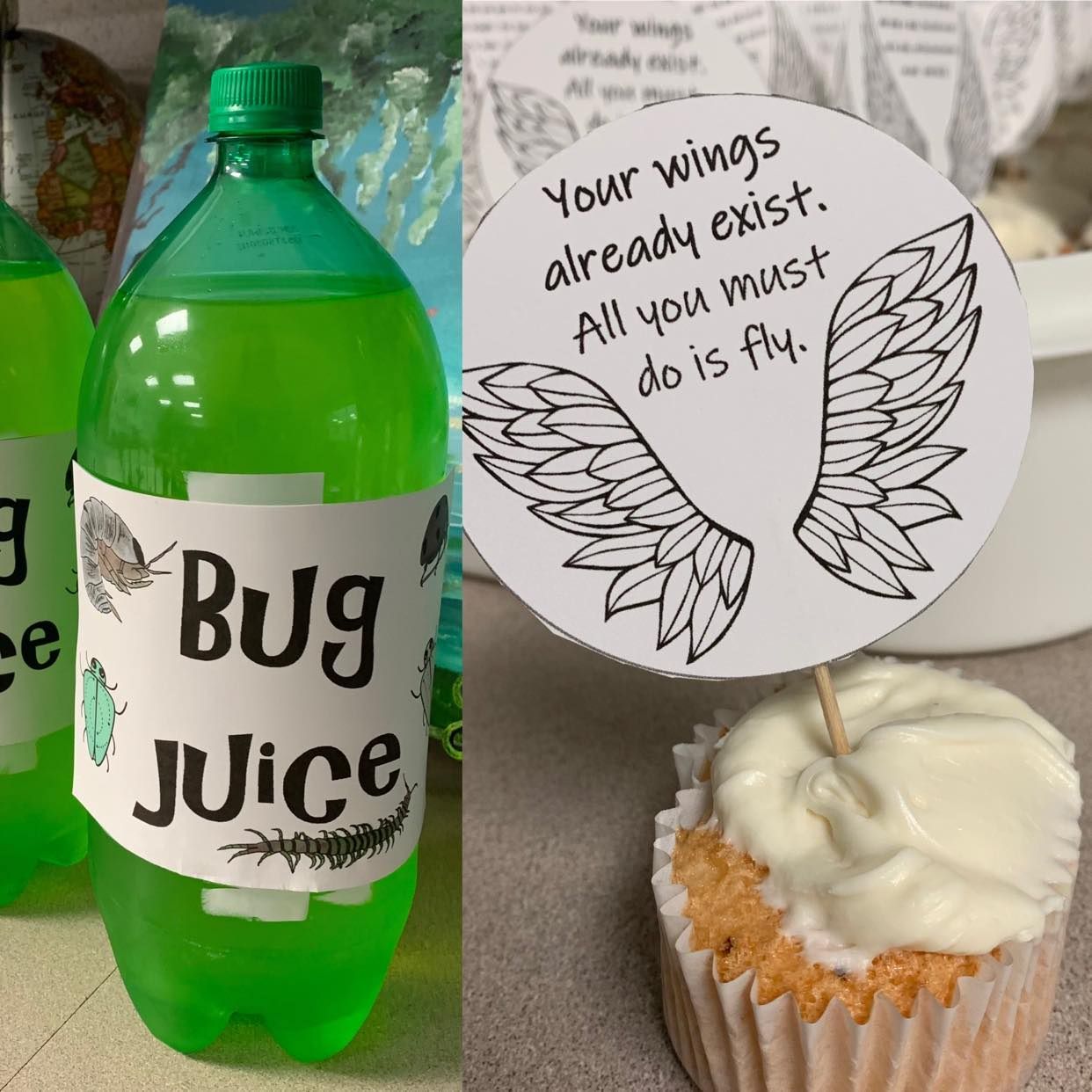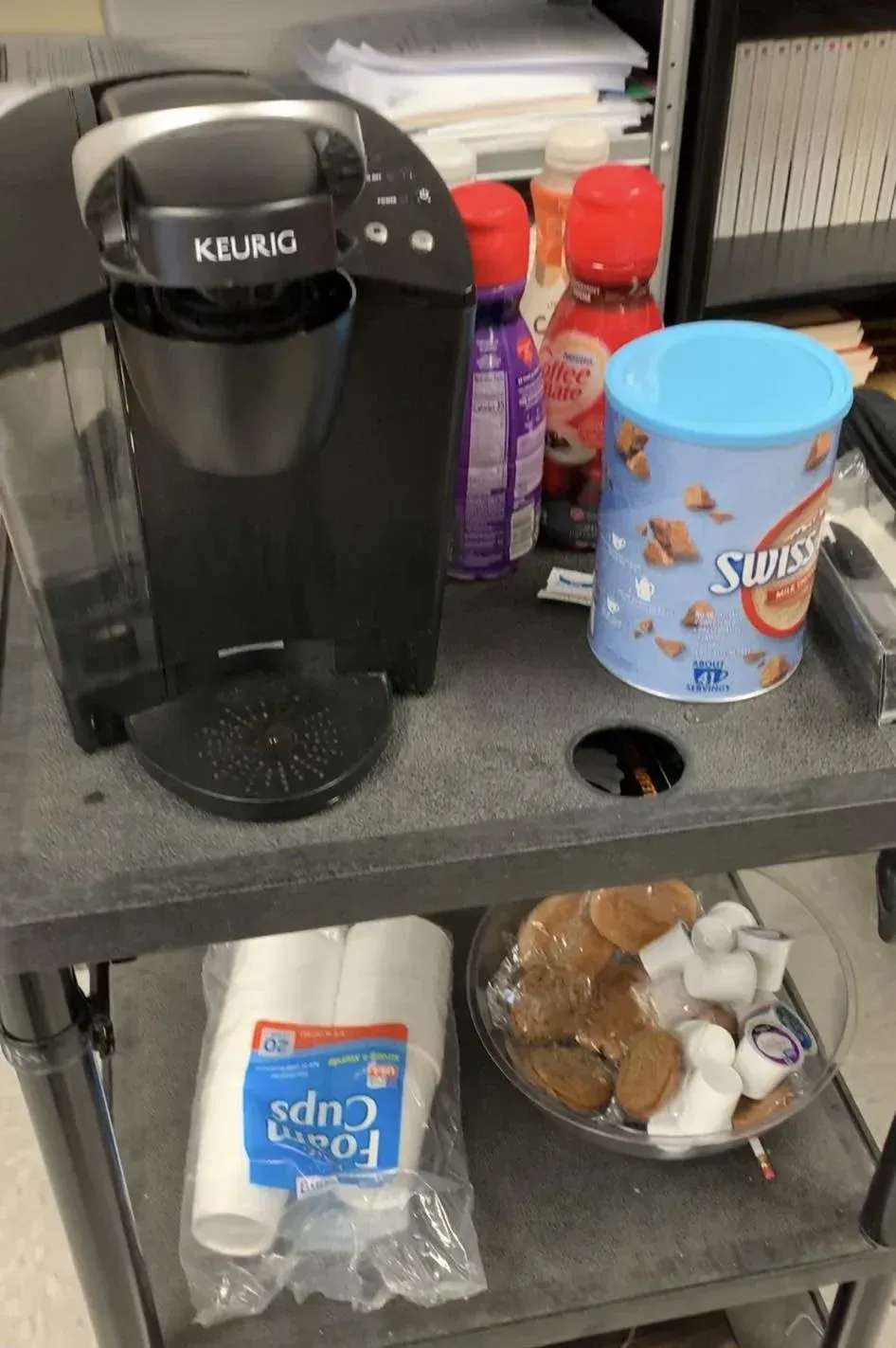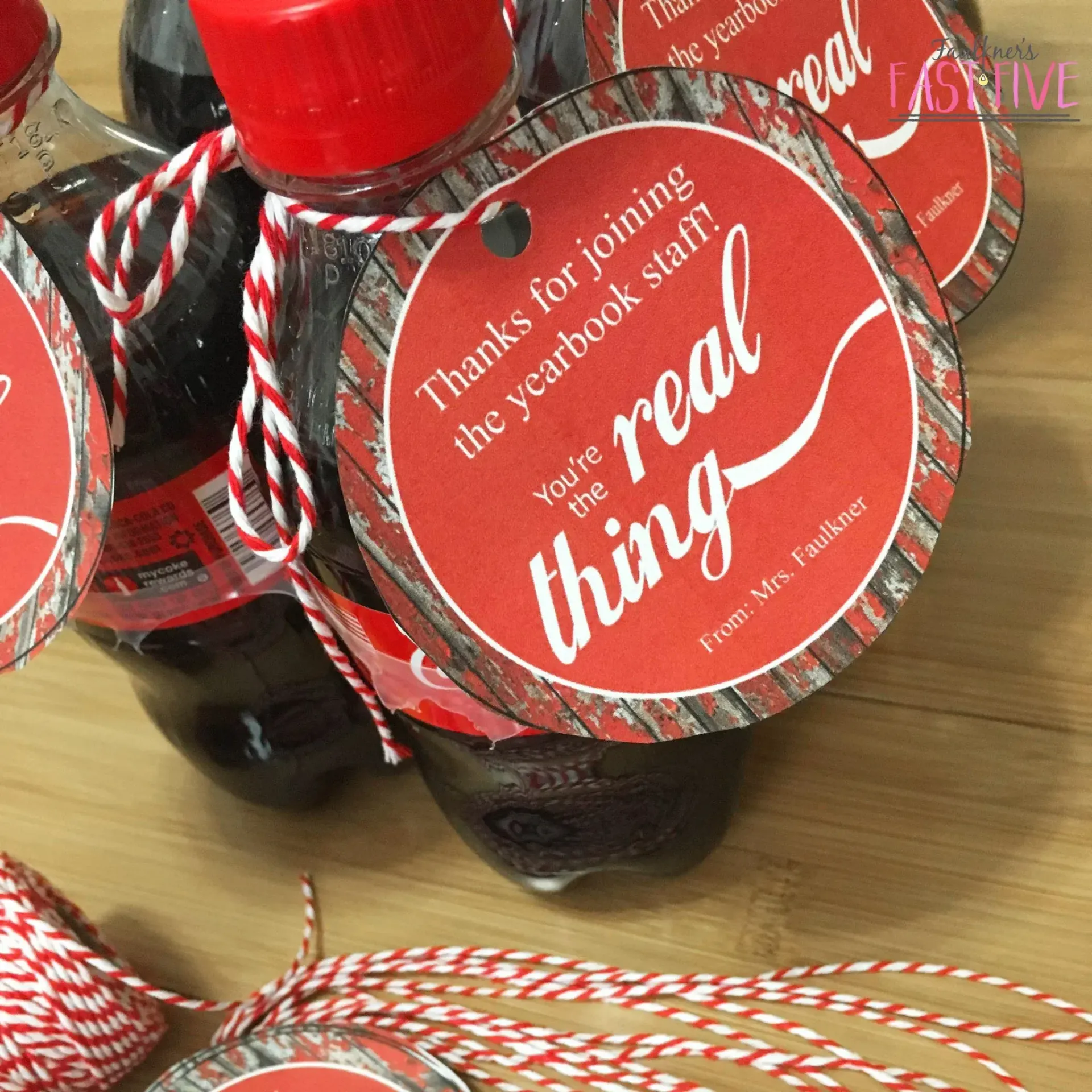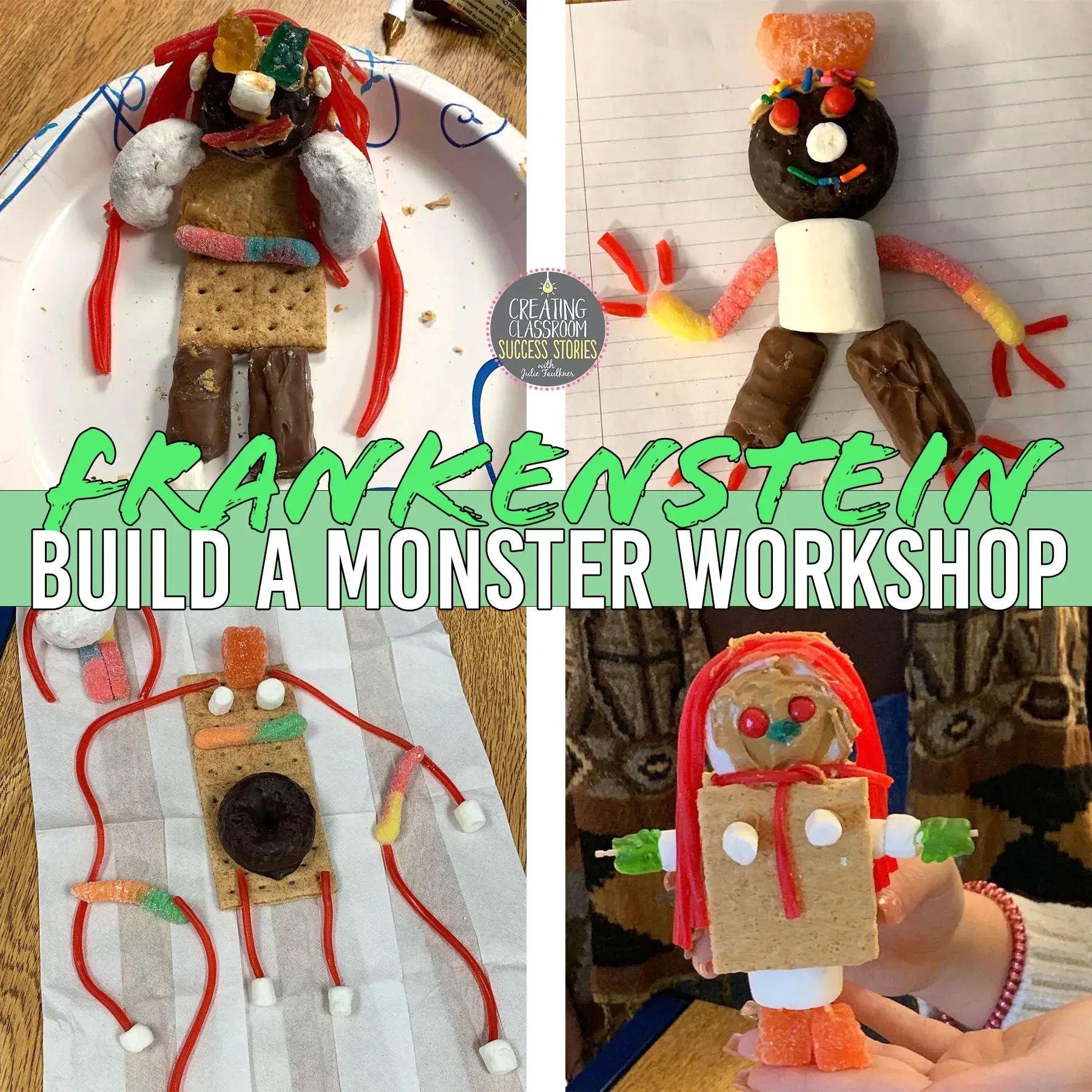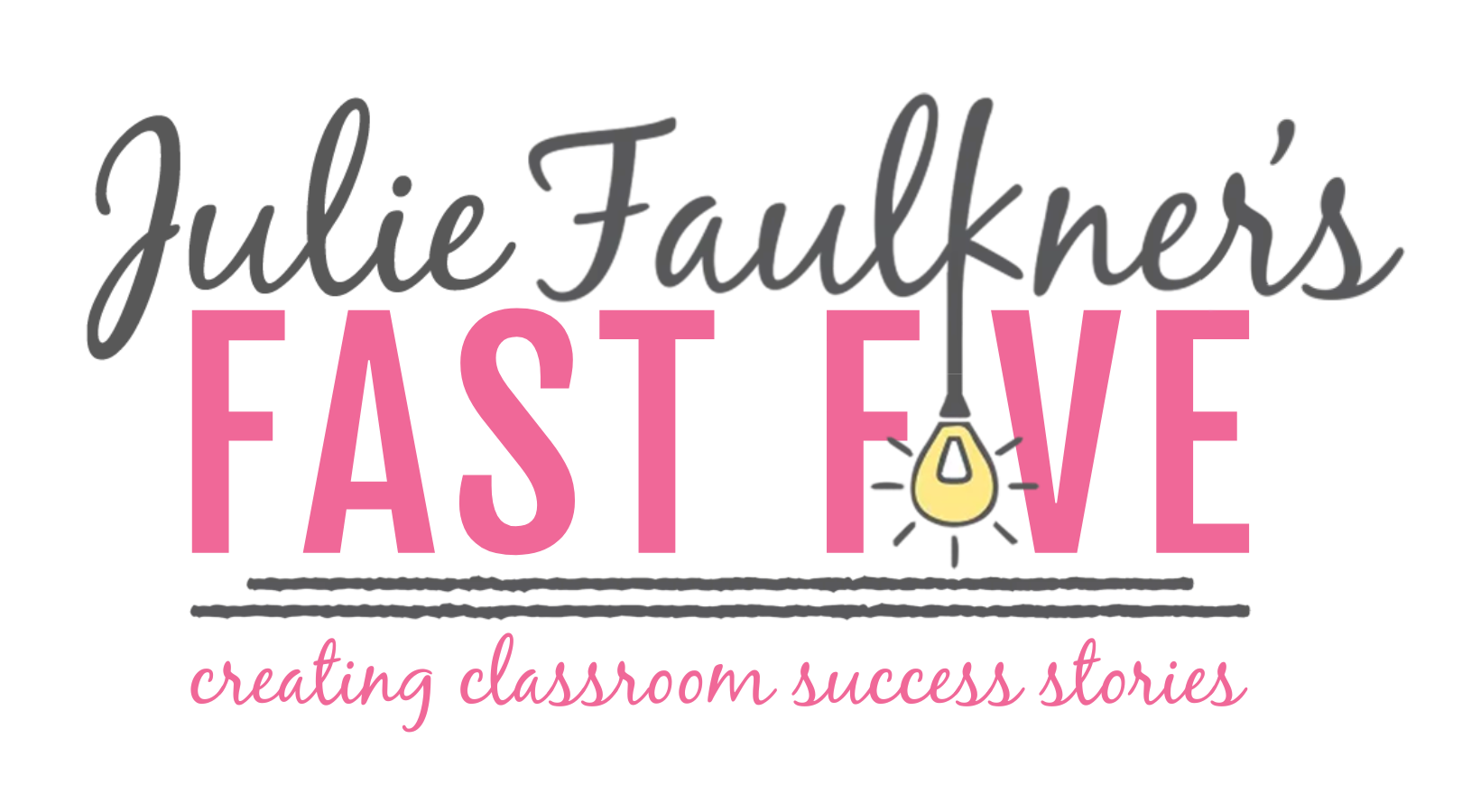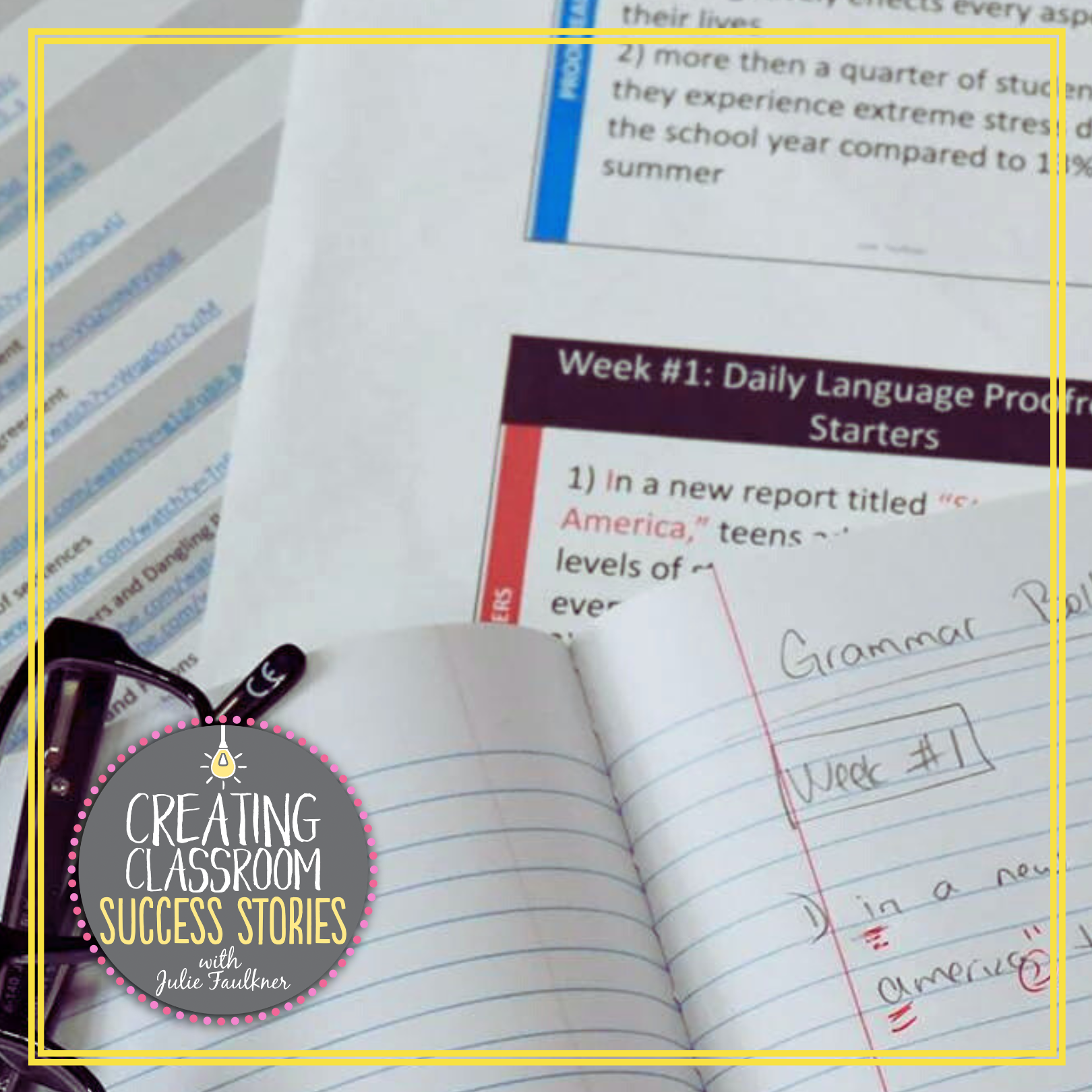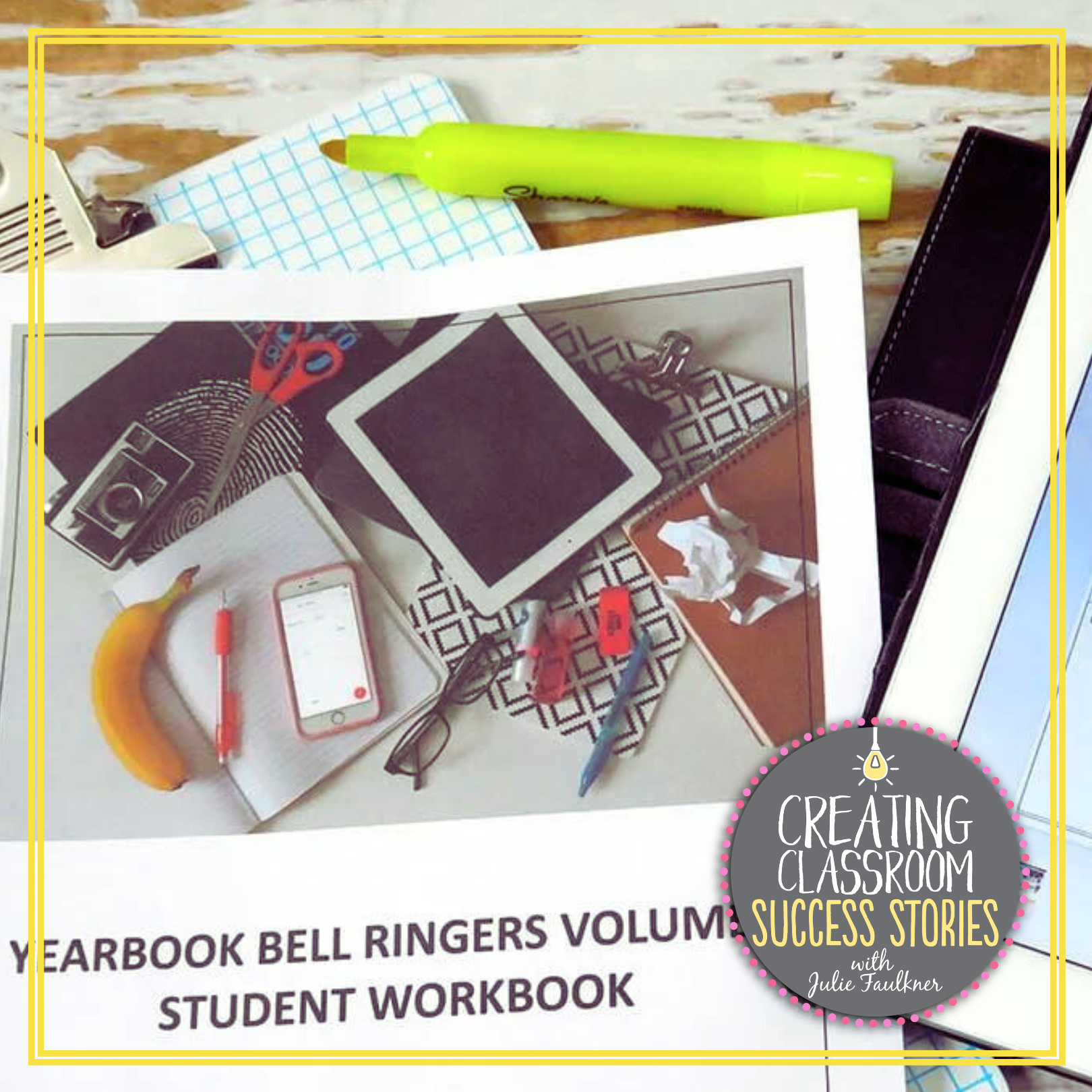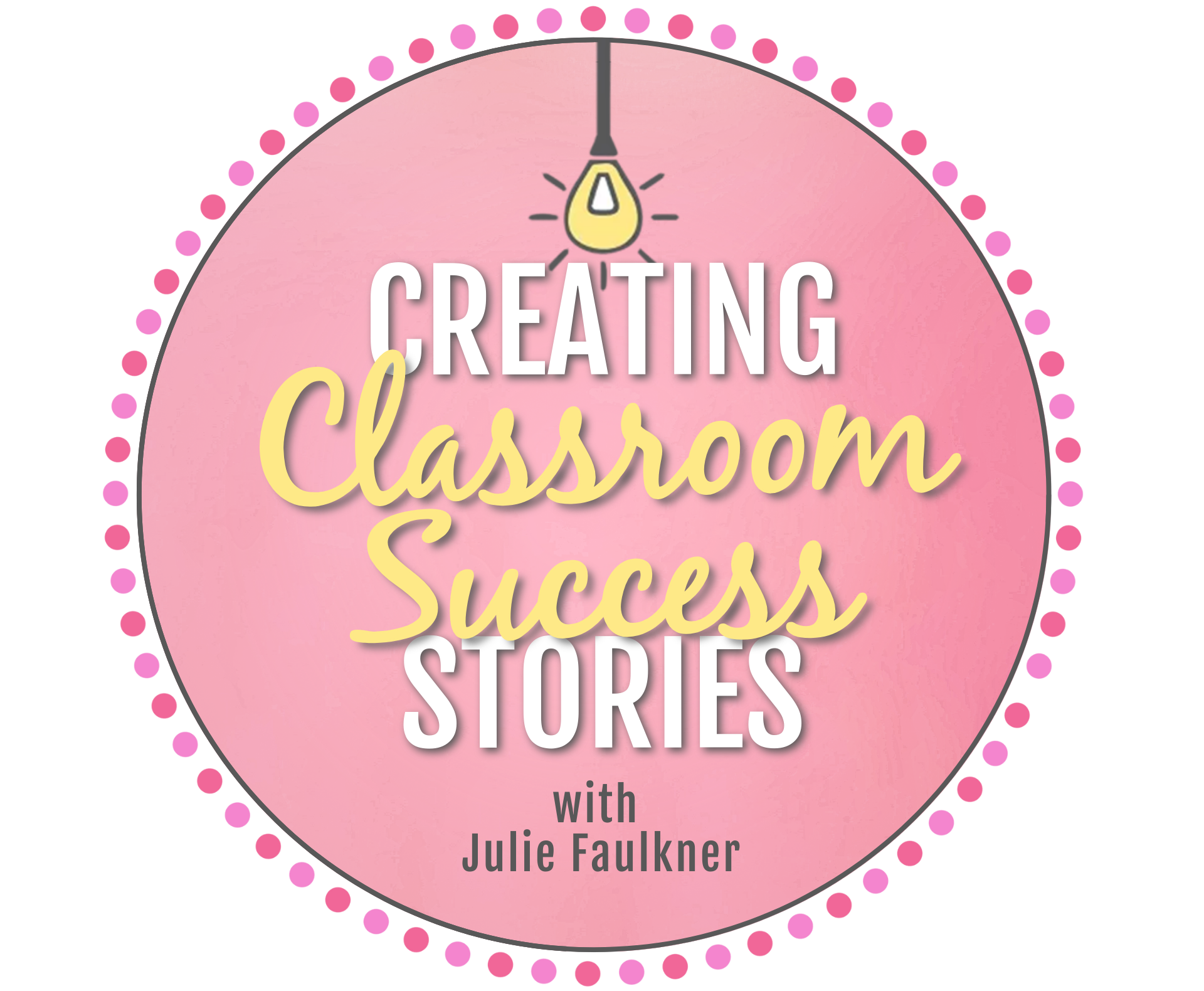Everything You Need to Know About
Bringing Food to Your Classroom
If your students are like mine, they are always hungry — food is always on their brains. It makes sense, though, when you think about the basic hierarchy of needs. Maslow says that lower-level basic needs like food, water, and safety must be met first before higher needs can be fulfilled. Of course, students can’t fully concentrate on learning when they are hungry. However, for many reasons, teachers can’t be expected to take on the role of fulfilling that need for every student each and every day; that’s not really the goal of this post. I do think, though, that bringing food into the classroom can have many benefits and purposes, and thus, it is a fabulous tool for classroom use on certain occasions and for specific reasons. If you’ve been hesitant to bring food in or are looking for some tips and ideas to do so, I’m sharing five ways you can bring food into your classroom in this blog post. Here’s what you need to know to make food meaningful in class.
FOOD IN THE CLASSROOM FOR TEXT-BASED EXPERIENCE
One opportunity to make food part of your lesson is when you want to make the text come alive… you want students to experience the text in a sensory way. If the text itself mentions food or you want students to have the opportunity to explore the culture of the people you are reading about, having food in class is a great way to do that. For example, when we read Elie Weisel’s Night, I make matzo balls. When we read Chapter 3 in The Great Gatsby, I like to bring orange juice and ginger ale so they can “experience” a party at Gatsby’s. Other teacher friends have brought in Greek food for students to sample when reading the Odyssey or Julius Caesar. Anytime there is food mentioned that specifically ties to a theme, symbol, or cultural element in a text, making that connection for students is memorable.
FOOD IN THE CLASSROOM FOR FUN
The title of this section might be a little misleading because I wouldn’t suggest bringing food with no purpose! What I mean here is using food to relate what you are doing but rather than it being directly mentioned in the text, it is connected another way or serves as a celebration. For example, after having read the first two acts of The Crucible, we usually watch the movie up to that point. I like to have a little snack for them, so I do something “punny” from the text: I serve “chicken blood” (red juice) and “beans and lintels” (bean dip). That calls attention to some of the conflict in the story and is fun! See more about how I teach The Crucible here. I’ve done a similar menu for Macbeth, “A Man with Enormous Wings,” and The Metamorphosis.
Another way to bring food for fun is to celebrate. Once when we finished reading Fahrenheit 451, we had a class party, where students brought food. All the food was either hot (spicy) or red, orange, or yellow in color. And of course, there’s always just the general end-of-unit/book party. That applies to any book that has a great party scene. See a full list of those scenes over at this Gatsby party post.
BRAIN FOOD
To quote a Snickers ad: “You’re not yourself when you’re hungry.” Back to Maslow for a minute here. There are times when I need my students to operate at full capacity. Many of those times are when I’ve planned a workday for them – to work on essays, study for exams, meet deadlines, etc. – and a little extra brain food and/or beverage goes a long way. I usually set up a coffee or hot chocolate bar and include a few sweet snacks. In those cases, I’ll transform my classroom into a coffee shop! Click to see my classroom transformation over on Instagram here AND at this post, too!
FOOD FOR CLASSROOM CLIMATE
One way to add positive vibes to your classroom is with food. I like to greet students on the first day with a snack that goes along with my classroom theme. See my “Welcome Home – Journey Theme” in this blog post. I usually just do a small gift at their desk with a name tag; this doubles as my seating chart. I also give my yearbook staff students a gift when they sign up, and sometimes that’s an edible treat! Other times, my yearbook has hosted Friendsgiving! For the holidays, I’ve done a hot chocolate bar to celebrate the end of the semester for my seniors. We can all agree something is comforting about food, so using food to bridge a gap as a gift or to celebrate gives all the good vibes, and I’m here for it.
FOOD IN THE CLASSROOM AS MANIPULATIVES
Another favorite way to bring food into your classroom is by making it the tool that students use to complete an activity. When we do team-building activities in yearbook specifically, I like to use food in some form or fashion. I’ve done the marshmallow and noodle challenge several times with much success. My Lord of the Flies challenges also require food! See more about those challenges in this blog post. Another favorite activity I’ve done that involves food is my Build a Monster Workshop when we read Frankenstein. I usually just grab whatever kind of food I have around and let the students go! Whatever is left over, they can eat. My science teacher friends have had students make cakes to illustrate a cell, and other times they’ve made ice cream in chemistry. When food is involved in the learning process, students are all in!
A COUPLE OF QUICK REMINDERS WHEN BRINGING FOOD INTO YOUR CLASSROOM:
- Food Allergies
- School Policies
- Not every student can bring food
- Bugs!
- A plan for cleaning up
- Look for sales — think candy after major holidays
I would love to hear other times you bring food to your classroom. Share in the comments below.
Get a FREE classroom menu planning page by signing up for my email list. (You’ll actually get all the past, present, and future freebies that my email followers receive in the next scheduled email blast!) Click Here to Sign Up.
Love this content?
Sign up for my email newsletter with more tips, ideas, success stories, and freebies!

